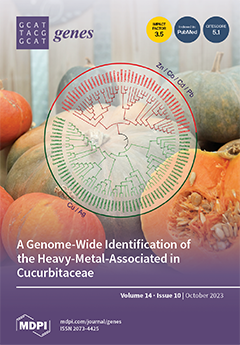Hemoglobin (Hb) usually comprises two α and two β subunits, forming a tetramer responsible for oxygen transportation and storage. Few studies have elucidated fish hemoglobin immune functions.
Megalobrama amblycephala is a freshwater-cultured fish prevalent in China. We identified two
M. amblycephala hemoglobin subunits and analyzed their expression patterns and antibacterial activities. The respective full-length cDNA sequences of the
M. amblycephala Hb α (
MaHbα) and
β (
MaHbβ) subunits were 588 and 603 bp, encoding 143 and 148 amino acids. MaHbα and MaHbβ were highly homologous to hemoglobins from other fish, displaying typical globin-like domains, most heme-binding sites, and tetramer interface regions highly conserved in teleosts. In phylogenetic analyses, the hemoglobin genes from
M. amblycephala and other cypriniformes clustered into one branch, and those from other fishes and mammals clustered into other branches, revealing fish hemoglobin conservation. These
M. amblycephala Hb subunits exhibit different expression patterns in various tissues and during development.
MaHbα is mainly expressed in the blood and brain, while
MaHbβ gene expression is highest in the muscle.
MaHbα expression was detectable and abundant post-fertilization, with levels fluctuating during the developmental stages.
MaHbβ expression began at 3 dph and gradually increased. Expression of both
M. amblycephala Hb subunits was down-regulated in most examined tissues and time points post-
Aeromonas hydrophila infection, which might be due to red blood cell (RBC) and hematopoietic organ damage. Synthetic MaHbα and MaHbβ peptides showed excellent antimicrobial activities, which could inhibit survival and growth in five aquatic pathogens. Two
M. amblycephala hemoglobin subunits were identified, and their expression patterns and antibacterial activities were analyzed, thereby providing a basis for the understanding of evolution and functions of fish hemoglobins.
Full article






